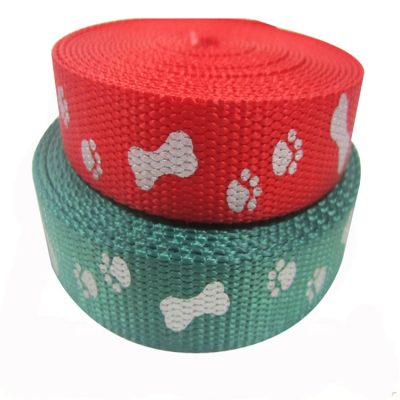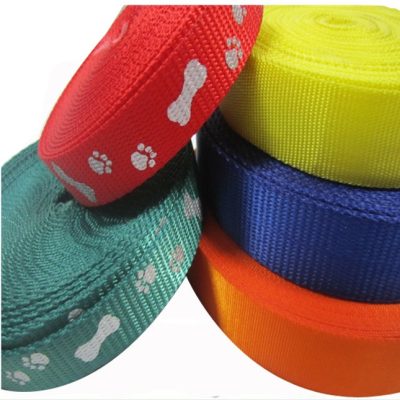How to test the color fastness of webbing?
The various exquisite webbings that are usually seen go through multiple processes in the production process. During this process, due to errors caused by various reasons such as raw materials, production processes, and operations, the webbing is often different batches, or even the same. Batches of fabrics will vary in color. The size of the color difference of the fabric, if the color light source is different, the color environment, and the color time are different, the evaluation of the color difference is also different. Therefore, in order to accurately evaluate the color difference and ensure the consistency of the color matching results, when evaluating the color visually, the light source specified by the customer must be selected in the standard color matching light box to avoid the visual color caused by the non-standard light source or the different light source. difference.
Color fastness is the most important indicator of the quality of the webbing, and the main focus is the color fastness resistance to rubbing, perspiration, washing, light, and scrubbing. The assessment items are mainly determined according to the use of the product, and are specially made according to the requirements. Ribbon factories produce discolored webbing problems. If the webbing used for clothing accessories is discolored during washing, it will contaminate the entire garment, or with the laundry. Discolored webbing can give a serious sense of disgust.
The so-called color fastness refers to the degree to which the color of dyed textiles remains fast under physical and chemical action, that is, the fastness of the color of dyed textiles to external influences is called dye fastness. According to the color change of the sample after the test, the evaluation level of the staining degree of the white cloth indicates the quality of the color fastness.
Among the various items of color fastness, the most commonly used color fastness at present are color fastness to rubbing, color fastness to perspiration, color fastness to washing, color fastness to light, color fastness to water immersion, color fastness to brushing Items such as color fastness to weather, color fastness, etc. In actual life, which items to be assessed are mainly determined according to the final use of the product. Among them, the resistance to perspiration, dry rubbing, and color fastness to water immersion are the items required by the basic safety technical specifications of textiles, and all dyed textiles should be assessed. In addition, the color fastness to saliva should also be assessed for textile products for infants and young children.



















